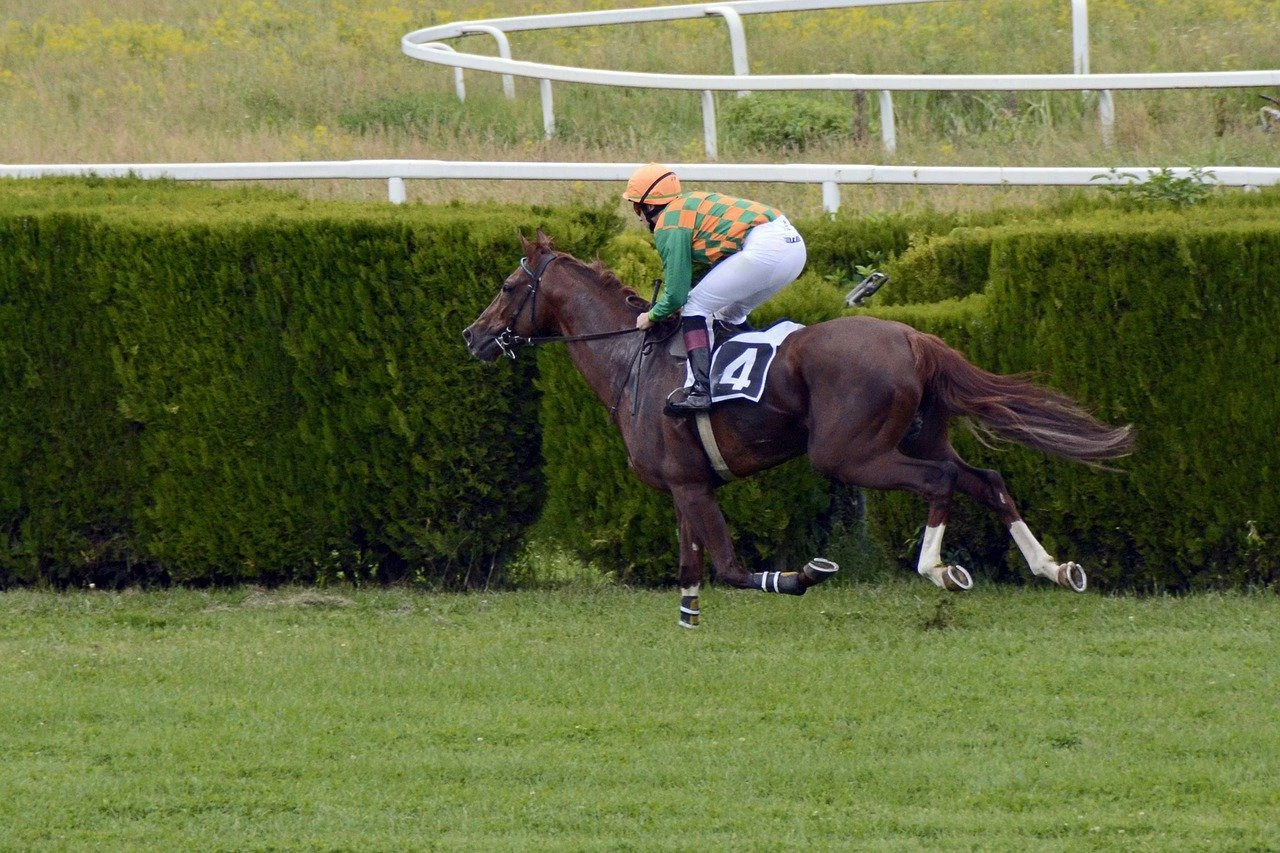BHA eyes spectators’ return in racing recovery plan

The British Horseracing Association has published its Racing Recovery Plan, through which it intends to work towards the resumption of full racing activity in front of spectators.
Horse racing resumed behind closed doors on 1 June after a suspension from 18 March resulting from the novel coronavirus (Covid-19) pandemic. To further the sport's recovery from the Covid-19 shutdown, the plan aims to bring back spectators, as well as put the sector on a stronger financial footing, as well as keeping stakeholders safe and maintaining equine welfare standards.
The BHA said that while racing has resumed, the sector faces a huge challenge ahead.
“No one is under any illusions about the challenges of weathering the economic storm ahead,” it said. “Racecourse revenues will not get back to normal levels until there is a full return of crowds, for which there is no certain date at present. This in turn impacts on prize money levels, from elite racing to the grassroots.
“At the top end, British racing’s ability to compete internationally was already under pressure, while for smaller owners, the rate of cost recovery on their expenditure has long been a concern. All this is exacerbated by government restrictions which mean owners cannot yet enjoy the full raceday experience, though racecourses are working to make this as good as it can be.”
The plan consists of seven workstreams with the intention of working towards nine goals. A key aim is to enable “a full resumption of raceday activity… with the maximum attendance possible”, while maintaining the health and safety of participants, staff and all raceday attendees.
It will look to create a “safe, high-quality and consistent” offering and to develop a 2021 fixture list “that balances increasing revenues with the wellbeing of participants and staff”.
The plan also aims to reduce while maximising prize money within the financial constraints the industry faces, as well as finalising a spending plan for central funds. The BHA will also look to develop a blueprint for the future of British racing, in which key investors such as racehorse owners are retained.
“The industry’s key goals are easy to express, but harder to achieve,” the BHA admitted.
Goals involving the resumption of raceday activity will be handed by a workstream led by BHA chief regulatory officer Brant Dunshea and Racecourse Association chief executive David Armstrong. This workstream will also be tasked with dealing with any subsequent local or national lockdowns that may arise.
Armstrong said that work is already being done to allow owners and spectators to attend races again.
“The whole industry worked very well to enable racing to return as the first major sport behind closed doors,” he explained. “Now we have to renew that collaboration as we enter this recovery phase and move beyond that into 2021.
“This plan brings together all the necessary components in one clear action plan with some ambitious goals. From a racecourse perspective the return of racegoers and the experience for owners are clear priorities that are already underway and we look forward to the wider recovery of the sport.”
The workstream for the financial goals will be led by Armstong, BHA chief operating officer Richard Wayman and Racehorse Owners Association chief executive and representative of the Horsemen’s Group Charlie Liverton. Together, they will conduct economic impact assessments, “develop a refreshed financial case for betting levy reform” and pursue other options to support the financial health of racing.
Liverton and outgoing BHA chief executive Nick Rust will lead the owners and key investors workstream, with the aims of establishing the impact the Covid-19 pandemic has had on key investors and to develop an action plan to retain and attract these individuals.
“This new recovery plan goes further towards protecting the long term future of our sport and formalizing collaboration between the stakeholders during this difficult period,” Liverton said. “It is imperative that we focus on the vital drivers that keep our sport going and growing: retaining owners and maximizing the sport’s revenues. There is a lot to be done but I am confident that, working together, we can deliver this vital work for participants across the industry.”
A workstream on people will be led by Racing Welfare chief executive Dawn Goodfellow and BHA executive director Will Lambe, and will deal with the impact of the pandemic and the 2021 racing schedule on staff within the industry, while the BHA’s David Sykes will lead a workstream on equine welfare.
Further workstreams will cover the development of longer-term funding streams, and enablers, which will work to ensure the necessary advice and resources are available to the other workstreams.
Rust said the plan’s publication shows that the entire racing industry is united as it seeks a way forward.
“It’s very important that this plan has been agreed by leaders from all parts of the racing industry,” Rust said. “We know from the way we prepared to resume racing in June that working together works.
“The commitment shown by leaders in signing up to this recovery plan demonstrates a continued willingness to maintain a unified approach through the tough battles ahead.”
